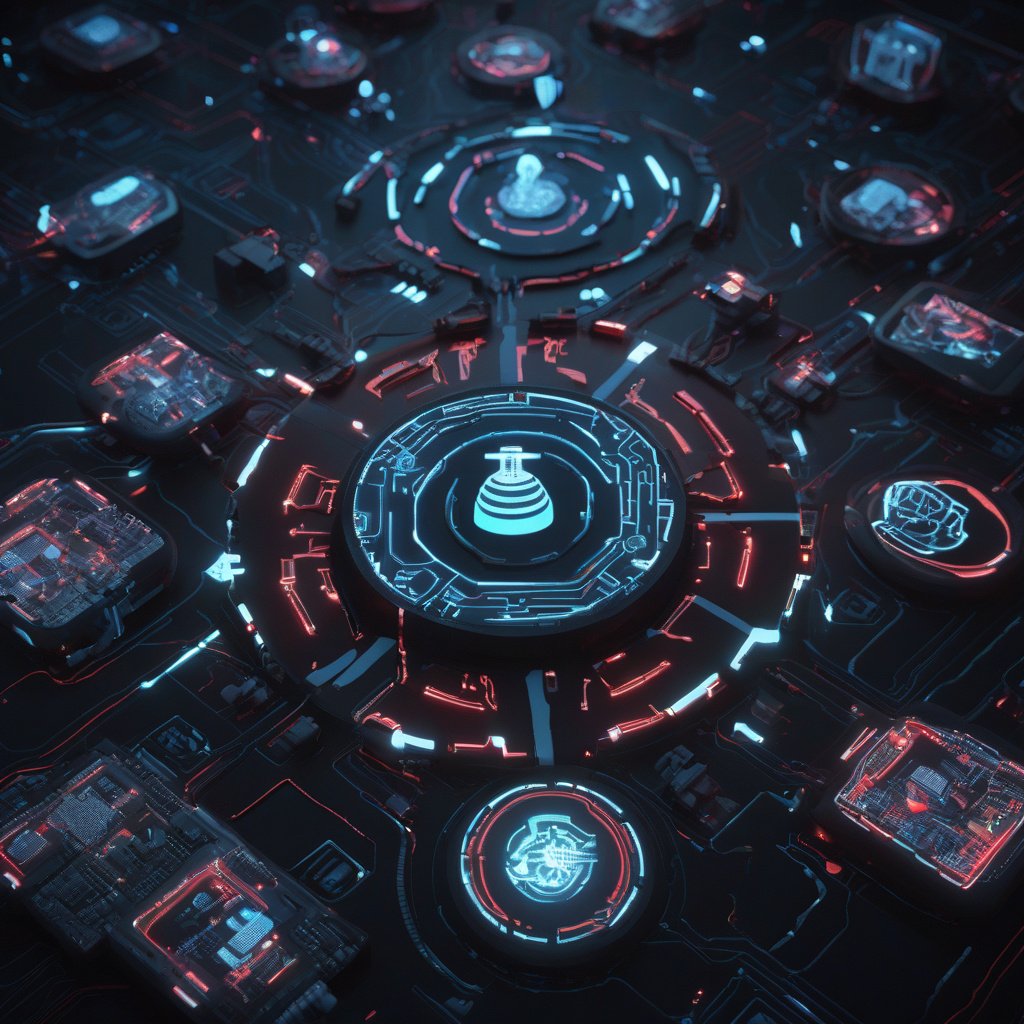The cybersecurity landscape is constantly evolving, with threat actors becoming increasingly sophisticated in their techniques. One such group, the Lazarus Group, linked to North Korea, has recently made headlines for its latest social engineering campaign. This campaign involves the distribution of three new pieces of cross-platform malware: PondRAT, ThemeForestRAT, and RemotePE.
In a recent report by NCC Group’s Fox-IT in 2024, it was revealed that the Lazarus Group targeted an organization in the decentralized finance (DeFi) sector. The attack, which started with social engineering tactics, ultimately led to the compromise of an organization’s systems. This incident serves as a stark reminder of the ongoing threat posed by advanced threat actors in the cybersecurity landscape.
PondRAT, ThemeForestRAT, and RemotePE are the latest additions to the Lazarus Group’s expanding malware arsenal. These pieces of malware are designed to be cross-platform, meaning they can target a wide range of systems regardless of their operating system. This multi-platform capability makes them particularly dangerous, as they can infect a variety of devices and networks.
PondRAT, as the name suggests, is a remote access trojan (RAT) that allows threat actors to gain unauthorized access to a victim’s system. With this access, attackers can exfiltrate sensitive data, install additional malware, or even take control of the compromised system.
ThemeForestRAT, another tool in the Lazarus Group’s arsenal, is designed to specifically target users of the popular ThemeForest platform. By leveraging the trust associated with legitimate software downloads, ThemeForestRAT can deceive users into installing malicious software unknowingly, providing attackers with a foothold in the victim’s system.
RemotePE, the third malware variant, focuses on injecting malicious code into legitimate processes running on a victim’s system. This technique allows threat actors to evade detection by security software and carry out their malicious activities without raising suspicion.
The use of multiple malware variants in a single campaign highlights the Lazarus Group’s strategic approach to cyber attacks. By diversifying their tools, threat actors increase their chances of success and make it more challenging for cybersecurity professionals to detect and mitigate their activities.
As cybersecurity professionals, it is crucial to stay vigilant and informed about the latest threats in the wild. Understanding the tactics, techniques, and procedures used by threat actors like the Lazarus Group can help organizations bolster their defenses and protect against potential cyber attacks.
In conclusion, the emergence of PondRAT, ThemeForestRAT, and RemotePE underscores the ongoing threat posed by advanced threat actors in the cybersecurity landscape. By leveraging social engineering tactics and deploying cross-platform malware, the Lazarus Group continues to pose a significant risk to organizations and individuals alike. Stay informed, stay vigilant, and stay secure in the face of evolving cyber threats.

